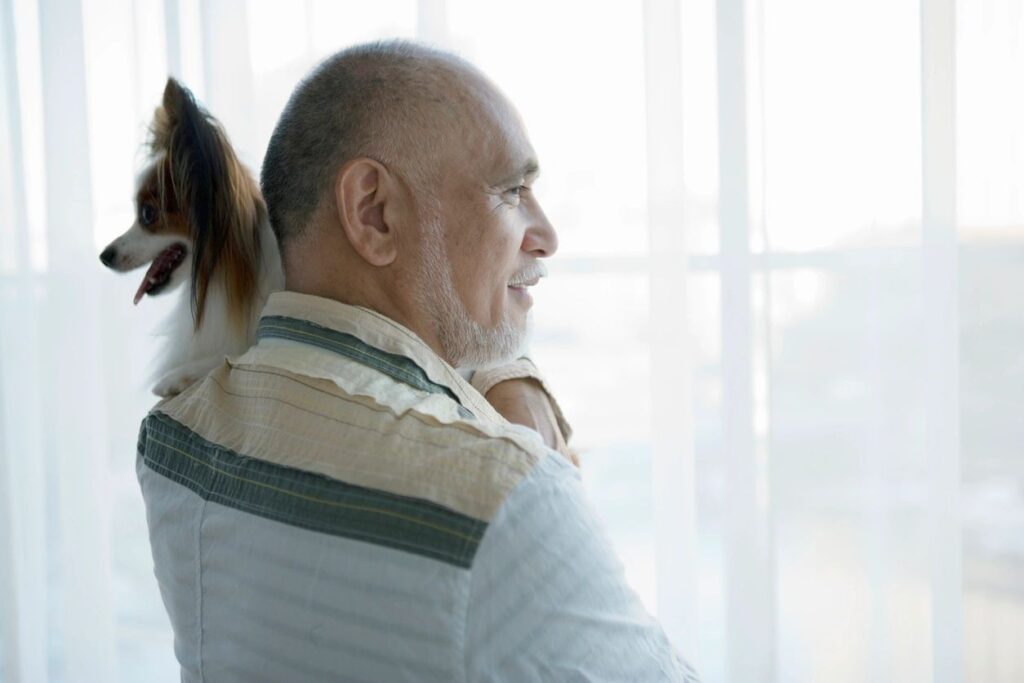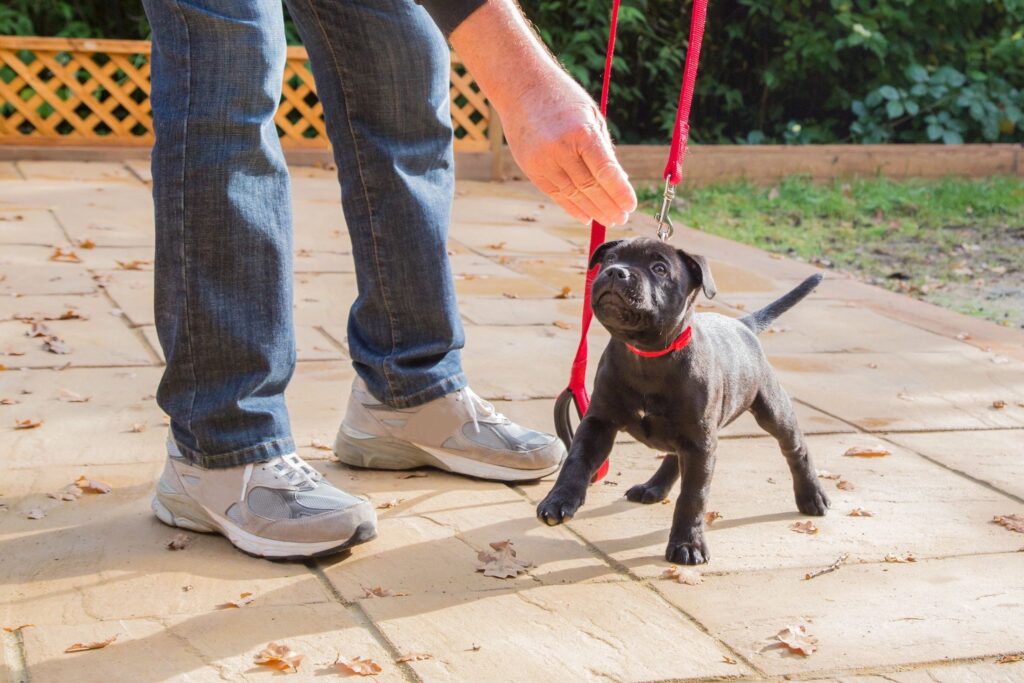
Dogs are the most loyal and loving companions for humans, capable of both healing and providing care. Not only can we obtain the spiritual consolation that they offer, as well as a great deal of joy from being in their company and admiring their lovely behaviours, but we can also see improvements in our health. Many people like to keep pets for company; dogs account for the majority of that. According to research by the Pet Food Manufacturers Association (PFMA), in 2022, an estimated 17.4 million (62%) homes will have pets. 34% of homes in the United Kingdom owned at least one dog.
Thank you for reading this post, don't forget to subscribe!There are many health benefits of owning a dog
Owning a dog is not only a companion pet but also has many benefits for people’s bodies and minds, as listed below:
Reduce stress: Spending a few minutes with a dog can reduce blood pressure and anxiety. People will perform better if they are accompanied by a dog when they are engaged in stressful work.
Less Depressed and Happier: Dog owners are generally less depressive. The interaction between the owner and the dog, and the love they receive from the dog, help keep the owner’s mind more positive. Even if it is just a little look at the dog, the brain produces chemicals that make people feel close, like Oxytocin.

Better Health: Research shows that dog owners are more motivated to complete their health programs because they exercise themselves when the owner is walking the dog. The quality of the exercise is better. When a family has a dog, children are more willing to go out to exercise and play with the dog.
Strengthen the mind and social circle: Research shows that dog ownership and dog walking can increase social interaction, dogs can help people gradually become less shy and isolated, and many people will talk to other dog walkers when they meet other dog owners while walking their dogs, so Increase interaction. In addition, children who often take care of dogs will increase their empathy and self-esteem. Petting and playing with dogs can increase the production of serotonin and dopamine.
Prevent chronic diseases: According to experts, dog walkers are one-third as likely as those who do not own a dog to acquire diabetes; additionally, owning a dog can help children prevent self-immune diseases or allergies. Children with a family history of allergies who grew up in the company of dogs after birth were less likely to develop eczema (Eczema) and asthma, according to a study from the University of Cincinnati College in the United States (Asthma).
Detect diseases and accompany the sick: Some dogs have been trained to detect diseases such as skin, kidney, bladder, and prostate cancer. Others are used to treat disorders such as traumatic brain injury, autism, and rheumatism. Other canines with Alzheimer’s disease (Alzheimer’s disease) sufferers appear beneficial in controlling their fury and aggressive behaviour.
Tips of training dogs
Owning a dog is wonderful, but it also comes with many responsibilities. It is critical to take care of their everyday lives, such as dealing with the bathroom, bathing them, and taking them to play, and it is also critical to train them to be obedient, just as it is with children.

Top 5 Advantages of Dog Training:
- It can also improve the relationship between the dog and the owner while training the dog.
- The dog and owner can grasp the owner’s commands after establishing a common language.
- They develop their dogs’ minds while training them.
- They don’t have to worry about their dogs roaming or urinating everywhere if they are well-behaved.
- Once trained, the dogs can be taken to meet more people or their kind.
Exercise with dogs
Owning a dog is not only beneficial to human beings, but it is also an excellent partner for people during exercise. You can try to engage in the following sports with your dog:
Walking the dog: This is a good exercise for the dog and the person. People who walk their dogs will have a lower body mass index (BMI) and are less likely to suffer from chronic diseases or depression.
Jogging: When jogging with the dog for the first time, slow down, evaluate how far it can run, and then slowly increase the distance. The dog usually likes to run in front of the owner. The dog should be allowed to run if it is parallel to the owner or behind. The dog rests.

Climbing stairs: Climbing stairs with the dog, the owner can train the quadriceps, hamstrings and glutes, and the lower body will be firmer.
Yoga: Doing yoga with a dog is a term called Doga (Dog+Yoga). The owner can help the dog do some postures or help it massage, or acupressure, which can enhance the relationship between people and dogs and help dogs do some health checks and feel for lumps or foreign objects under their furry kids.
Football: Some types of dogs like to play football. Buy a bite-proof football, and after your dog learns to kick or dribble the ball with its nose or paws, play other games, such as kicking the ball and letting the dog chase it.
Throwing the Frisbee: Play the frisbee game with your dog. You can use the frisbee as a plate for eating to make it more familiar or put it on the ground to spin or roll to make the dog more involved in the frisbee game.
You can also read more blog articles for more suggestions for keeping dogs: read more.
